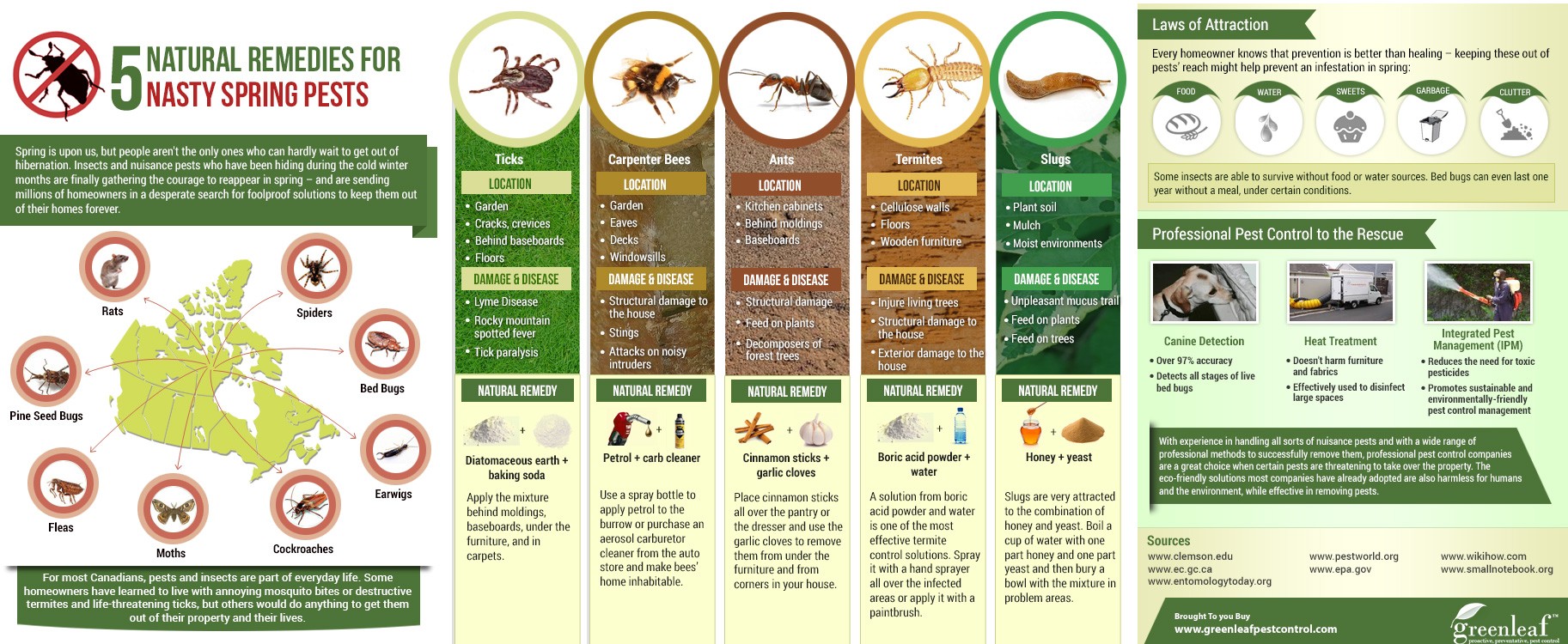Imagine your attic room as a relaxing Airbnb for rats, with insulation as fluffy as hotel pillows and wiring much more tempting than space service. Currently, simply click the following internet page tossing a wild party in your house while you're away. As a homeowner, ensuring your attic is rodent-proof is not just about comfort; it has to do with securing your property and liked ones. So, what easy actions can you require to guard your refuge from these furry trespassers?
Evaluate for Access Points
To begin rodent-proofing your attic room, evaluate for entry points. Start by thoroughly taking a look at the exterior of your home, trying to find any type of openings that rats could utilize to get to your attic room. Check for spaces around utility lines, vents, and pipelines, in addition to any splits or holes in the structure or house siding. See to it to pay close attention to areas where different building materials satisfy, as these prevail entrance points for rodents.
In read on , evaluate the roofing for any harmed or missing tiles, in addition to any kind of gaps around the edges where rodents could press via. Inside the attic, look for signs of existing rodent activity such as droppings, chewed cords, or nesting materials. Utilize a flashlight to completely inspect dark edges and concealed rooms.
Seal Cracks and Gaps
Check your attic extensively for any kind of cracks and spaces that need to be secured to stop rats from entering. Rodents can squeeze through also the tiniest openings, so it's essential to seal any kind of possible entrance factors. Examine around pipes, vents, cables, and where the walls fulfill the roof covering. Utilize a mix of steel woollen and caulking to seal these openings effectively. Steel wool is a superb deterrent as rats can't chew through it. Ensure that all spaces are firmly sealed to refute access to unwanted pests.
Don't ignore the value of sealing gaps around doors and windows also. Usage weather removing or door sweeps to seal these areas successfully. Inspect the locations where utility lines get in the attic and secure them off utilizing an ideal sealer. By making the effort to seal all cracks and gaps in your attic, you develop an obstacle that rodents will certainly find difficult to violation. Avoidance is type in rodent-proofing your attic, so be thorough in your efforts to seal any kind of prospective access factors.
Eliminate Food Sources
Take proactive steps to get rid of or save all prospective food sources in your attic room to discourage rodents from infesting the room. Rats are brought in to food, so eliminating their food sources is crucial in keeping them out of your attic room.
Here's what https://abc11.com/berlin-lion-wild-animal-on-the-loose-escaped-germany/13525138/ can do:
1. ** Store food securely **: Stay clear of leaving any kind of food items in the attic room. Store all food in closed containers made of metal or durable plastic to prevent rats from accessing them.
2. ** Tidy up debris **: Remove any type of heaps of debris, such as old papers, cardboard boxes, or wood scraps, that rats can use as nesting material or food resources. Maintain the attic room clutter-free to make it much less appealing to rodents.
3. ** Dispose of trash correctly **: If you use your attic room for storage and have rubbish or waste up there, ensure to deal with it regularly and appropriately. Decaying garbage can attract rodents, so keep the attic tidy and devoid of any natural waste.
Conclusion
Finally, remember that an ounce of prevention deserves a pound of treatment when it concerns rodent-proofing your attic.
By putting in the time to examine for entrance points, seal fractures and gaps, and eliminate food resources, you can keep undesirable pests away.
Bear in mind, 'An ounce of avoidance is worth an extra pound of treatment' - Benjamin Franklin.
Keep proactive and safeguard your home from rodent invasions.
